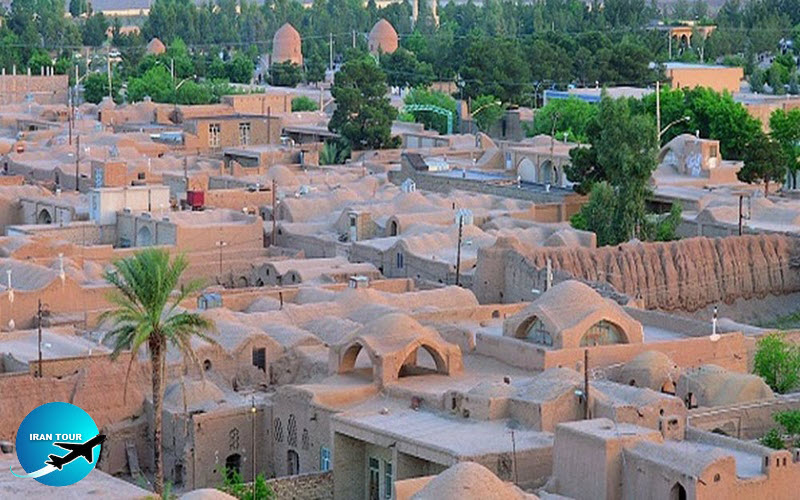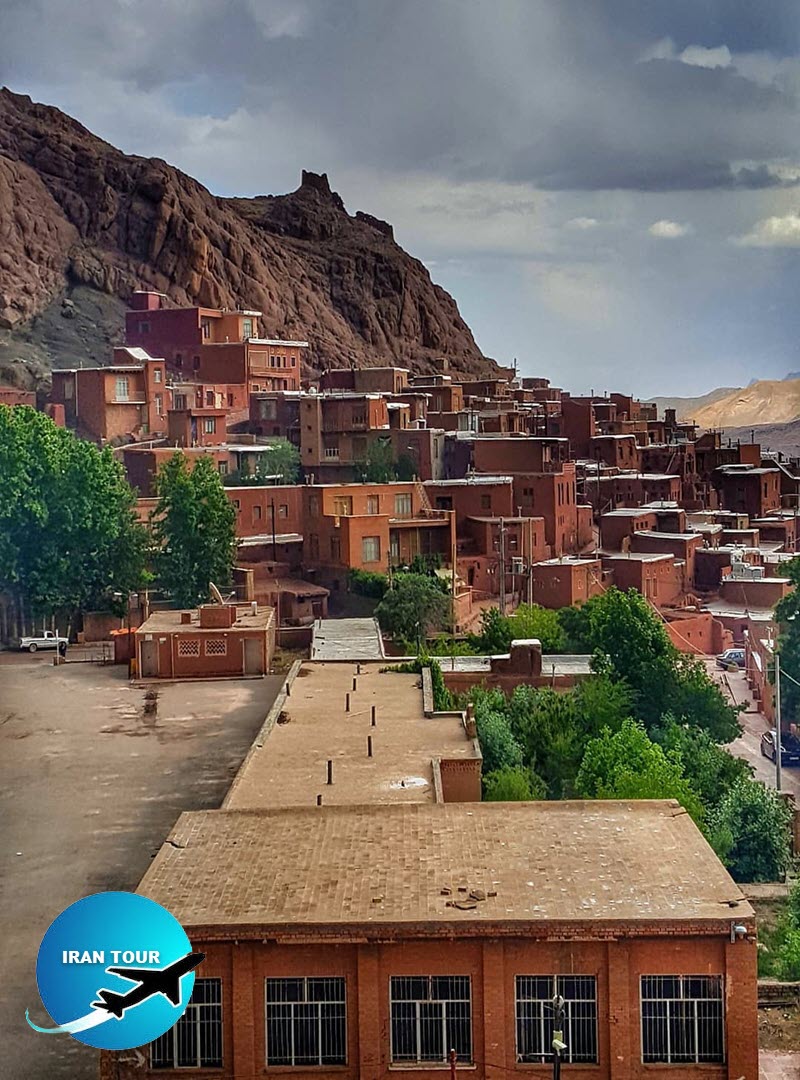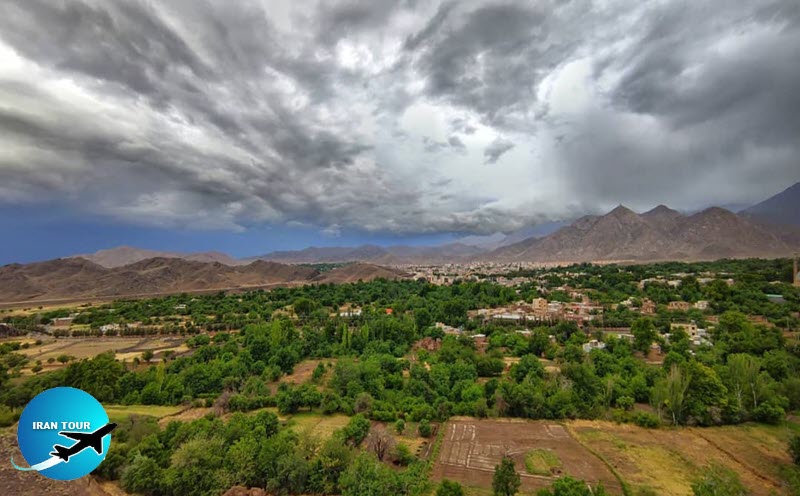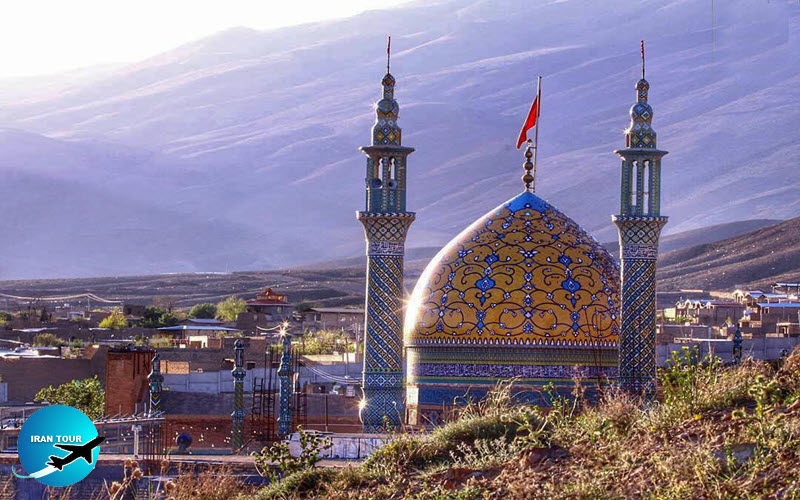Copyright 2020 - 2021 irantour.tours all right reserved
Designed by Behsazanhost
Zavareh Village
Located only a short distance east of Ardestan, this ancient town was an important point on the crossroads of trade routes starting from Sasanid or even earlier times to approximately the 11th century. Today it is a forgotten little town whose narrow streets and flat-roofed houses have changed little in the last hundred years. Located on the edge of the desert, Zavareh has a very arid climate, often with very hot days and cold nights. The name of Zavareh has caused disputes among scholars. Zavareh was the brother of Rostam in Shah-Nameh, and it is often believed that he was the founder of the town.
- Details
- Category: Where to go in IRAN
Ardestan
If we draw two intersecting lines on a map of Iran, one connecting its northwest and southeast ends, and the other it’s northeast and southwest end, Ardestan will roughly be at the point of intersection of these lines, thus making it the very center of Iran. Ardestan, along with Kashan, Nain, and Yazd forms a string of towns that are located on the western fringe of the central Iranian desert. The northern districts of Ardestan, affected by the desert, are arid and dusty and feature a typical climate with very hot days and cold nights.
- Details
- Category: Where to go in IRAN
Abianeh or Abyane
One of the most famous Iranian villages, Abianeh is a constant source of admiration for the visitor. It is particularly remarkable for distinctive red-colored houses abutting the steep western slopes of the Karkas Mountains. In a bird's-eye view, the village looks like an oblong bowl encircled by a chain of mountains. It is situated 2,100 m above sea level and has a refreshing climate, pleasant in summer and autumn but bitterly cold in winter. Abyane is famed for its beautiful natural setting, peculiar mud-brick architecture, and colorful costumes of women residents.
- Details
- Category: Where to go in IRAN
Natanz
Although there is no mention of Natanz until the 13th century, it can possibly be one of the earliest human settlements on the Iranian plateau. Its favorable geographical position in a picturesque valley backed by the imposing bulk of the Karkas Mountain, on the one hand, and the proximity to the important trade and caravan routes, on the other hand, account for the town's crucial importance for the country's economy throughout various historical periods, especially during the Seljuk and Safavid rules. The town was an important center of the Il-Khanid Empire, and the complex of its outstanding religious buildings dates from this period.
- Details
- Category: Where to go in IRAN
Mashhad-e Ardehal
Located 49 km to the west of Kashan, Mashhad-e Ardehal is located in an arid valley, stretching from northwest to southeast and encircled by a row of mountains and hills of varying height. The village has mild summers and very cold winters. Most of its residents are engaged in agriculture and gardening; the main handicraft is carpet. On the road to Mashad-e Ardehal, the tourists may choose to stop in the village of Joshaqan Astark to visit the Safavid mausoleum of Imamzadeh Mohammad Owsat. They can also visit the village of Naraq and its famous mausoleum of Baba Afzal, a notable 15th-century Sufi.
- Details
- Category: Where to go in IRAN




